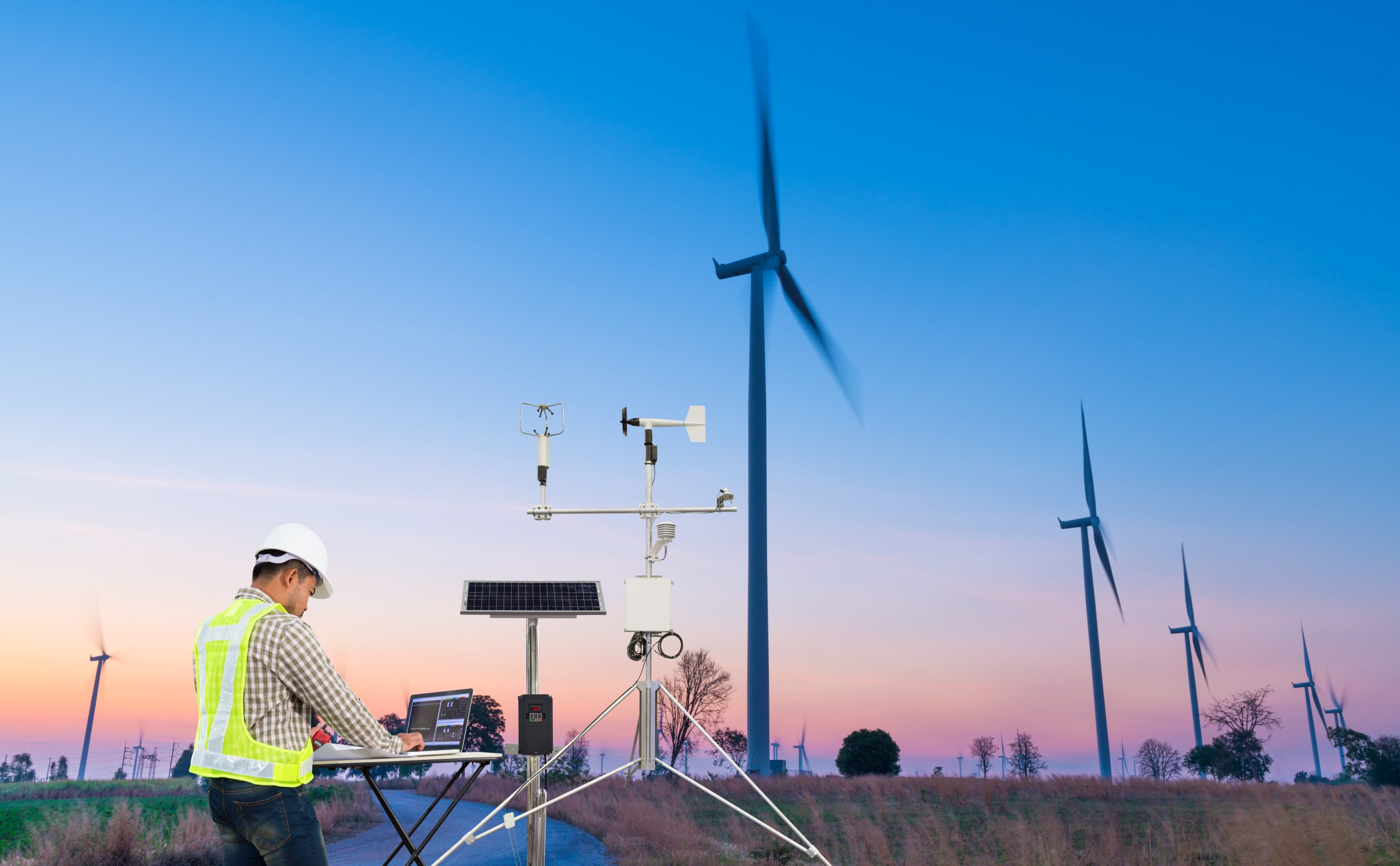The digital twin software platform of NTNU is structured around the FMI (Functional Mock-up Interface) standard, using FMUs (Functional Mock-up Units) to summarise individual models and ensure seamless communication and interoperability. Each FMU represents a distinct subsystem or component, ranging from physical models to control algorithms or data-driven processes, and communicates with others through standardised input/output interfaces defined by the FMI.
In this system, a central orchestration layer manages the execution order, synchronisation, and time coordination between FMUs, whether they use internal solvers (co-simulation) or rely on a shared solver (model exchange). In this context, the data flows through the platform via an integration layer that routes signals between FMUs, a data management layer that handles input/output storage and external data sources, and a user/API layer for simulation control and interaction. This architecture supports modular, scalable simulations where diverse models can run in parallel or in sequence, reflecting the behaviour of the real-world system with high fidelity.
The architecture follows a microservices-based methodology, where each model or subsystem is presented as a self-contained, independently deployable service, typically packaged as an FMU compliant with the FMI standard. This approach promotes modularity, allowing each microservice to be developed, tested, updated, and scaled independently, while still participating in the overall digital twin simulation through standardised communication interfaces. In this case, the use of microservices also facilitates integration with external data sources, APIs, and visualisation tools, supporting continuous deployment and flexible evolution of the platform as system requirements grow or change.
In the context of a wind energy system, a digital twin works by creating a virtual replica of physical components such as wind turbines, generators, and control systems, using simulation models that are continuously updated with real-time data from sensors and SCADA systems. These models, often packaged as FMUs, replicate the behaviour of the wind energy system under varying environmental and operational conditions. By synchronising live data, such as wind speed, turbine output, and mechanical stresses, with the digital twin, the platform can simulate performance, predict failures, optimise energy production, and support decision-making. This enables operators to monitor the system, run what-if scenarios, and improve efficiency and reliability without interrupting actual operations.
The primary purpose of the digital twin platform is to support informed decision-making for future wind farm development by providing investors and stakeholders with a realistic, data-driven simulation of how a proposed wind energy system would perform. By integrating detailed models with real-world data, the platform can evaluate energy output, financial returns, operational risks, and environmental impacts under various scenarios. This enables decision-makers to assess feasibility, compare design options, and reduce uncertainty, ultimately guiding more confident and strategic investment in wind energy projects.
© visuals: Adobe Stock

